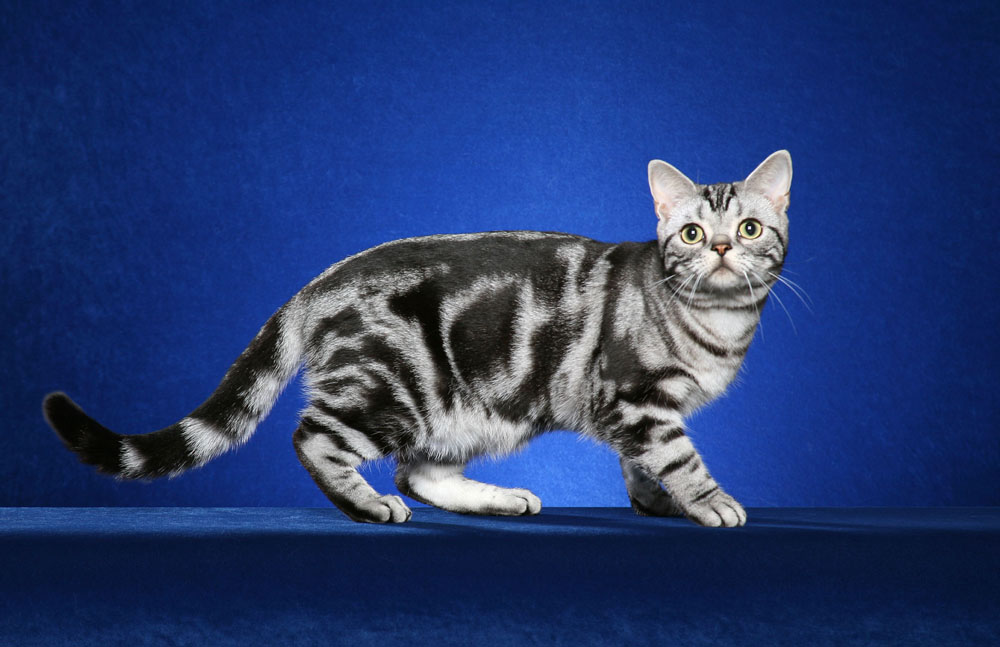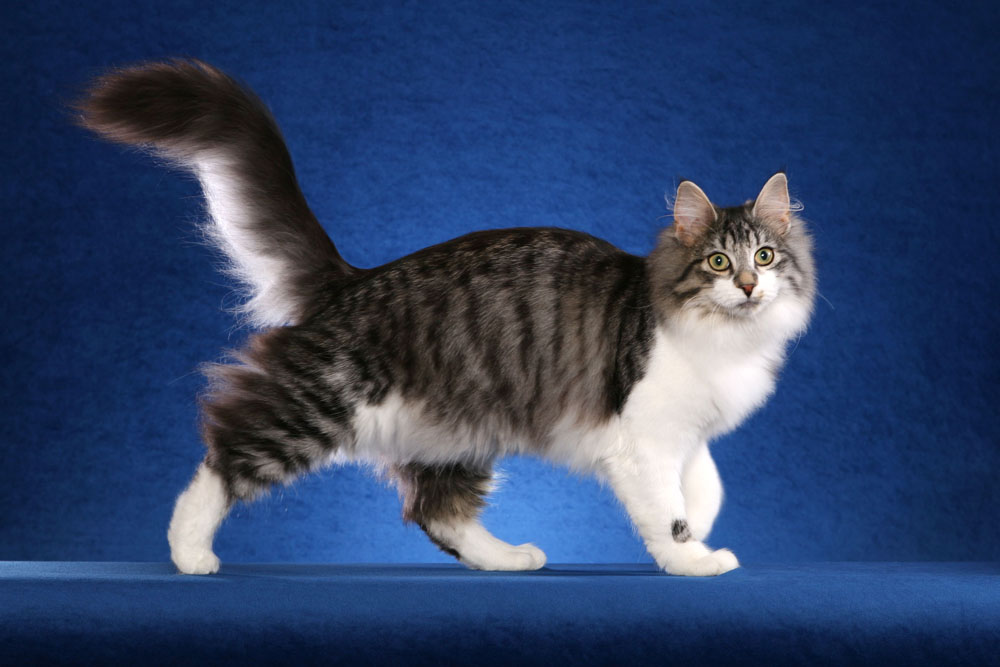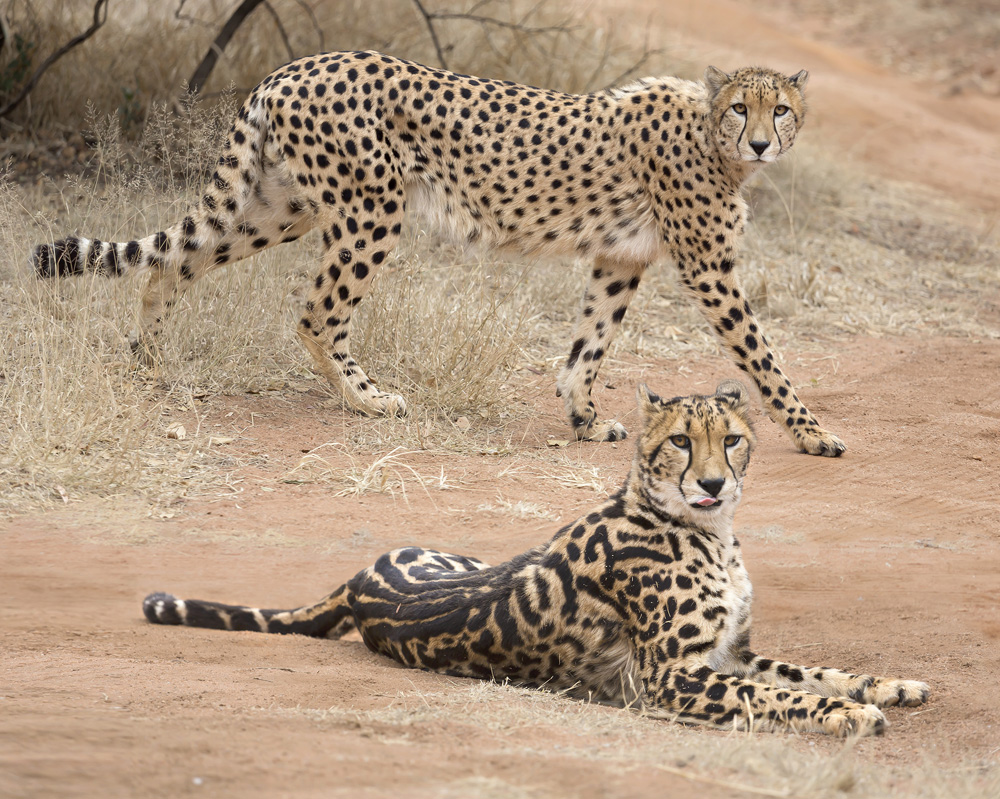Feline Find: How the Tabby Cat Got Its Stripes

From where does a tabby cat get its stripes? The same place cheetahs get their spots.
A new study finds the same gene that is responsible for the cheetah's color patterns causes a tabby's stripes. Mutations in this newly identified gene transform a tabby's typical striped pattern into a less familiar "blotched" look. In cheetahs, similar mutations smear spots into thick stripes.
"What this is, is the first connection of a gene involved in pattern formation in cats to their molecular status," said study researcher Stephen O'Brien of the National Laboratory for Cancer Research.
Now "we know where the mutation is in this particular gene" to cause the pattern changes, O'Brien told LiveScience.
Stripes or spots?
O'Brien and his colleagues contributed to the original sequencing of the domestic cat genome, which was completed in 2007. Besides being interesting from a basic science standpoint, O'Brien said, cat genetics may help researchers understand human disease and genetic development. [The 10 Coolest Genomes Ever Sequenced]
One mystery of cat development is how cats have come to have such varied coats, from solid colors to "mackerel" tabby patterns of thin vertical stripes. The researchers were particularly interested in what turns the mackerel pattern into a "blotched" tabby pattern, seen more often in European cats than American ones.
Get the world’s most fascinating discoveries delivered straight to your inbox.
A map of kitty pedigrees allowed the researchers to narrow down the genetic culprit to one region of the chromosome containing three large genes. They then sequenced the genomes of two batches of tabbies, one with blotched coats and the other striped ones, and narrowed the culprit further to a gene called Taqpep.
Three separate mutations of the Taqpep gene in the domestic cat and another mutation in the same gene in the king cheetah can cause the tabby pattern to go from striped to splotchy, and, in the cheetah, from spotty to striped, the researchers found. This means the gene has mutated multiple times across kitties' evolutionary history.
Cat color blueprint
The Taqpep gene holds the blueprint for a molecule usually found on cell membranes and used for passing messages from outside the cell to the inside. A mutation of the gene causes color pattern changes by interfering with the deposition of pigment during development, O'Brien said.
O'Brien suspects the gene also has other functions. Membrane-communication molecules are often associated with the immune system, he said. The fact that this coat-color mutation occurred many times suggests that it may be doing something more useful for the cats than simply changing their spots and stripes. One possibility is that the genetic change influences immune function, he said, and that the coat color variations seen in cats are a side effect of that change.
"I think that probably there are other things to be discovered about this gene," O'Brien said.
Follow Stephanie Pappas on Twitter @sipappas or LiveScience @livescience. We're also on Facebook & Google+.

Stephanie Pappas is a contributing writer for Live Science, covering topics ranging from geoscience to archaeology to the human brain and behavior. She was previously a senior writer for Live Science but is now a freelancer based in Denver, Colorado, and regularly contributes to Scientific American and The Monitor, the monthly magazine of the American Psychological Association. Stephanie received a bachelor's degree in psychology from the University of South Carolina and a graduate certificate in science communication from the University of California, Santa Cruz.




